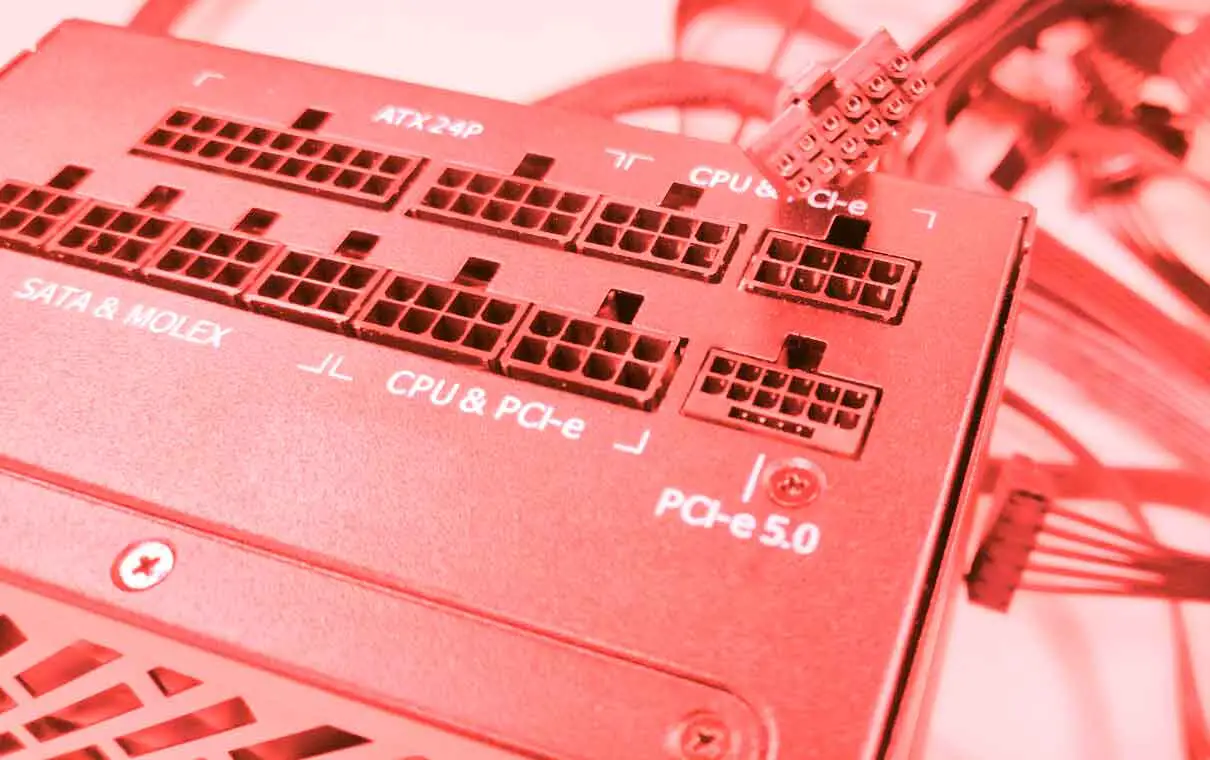Official specifications for the upcoming PCIe 5.0 power connection standard are appearing on the internet, and it looks like we’re in for a period of big change from there. The data provided by Intel seems to suggest that cables and power supplies will be arriving very soon with the new 12VHPWR 16-pin power connectors for the next generation of PCIe 5.0 graphics cards supporting up to four power configurations, RTX 4090 and Radeon 7900.
The cables would have variants of 150W, 300W, 450W and 600W depending on the electrical capacity offered by the power supply.
This new single connector standard stems from the increasing power demands of the latest graphics cards. The latest generation GPUs already outperform the two 8-pin PCIe inputs, sometimes even three, and some models already reach powers of 450W, for example.

Intel brings this change with the 12VHPWR cables, which feature 12 electrical pins and 4 sideband pins, totaling 16 pins. Additionally, these cables would have variants of 150W, 300W, 450W and 600W depending on the electrical capacity offered by the power supply. The difference between these variants is due to the two pins dedicated to the sideband, called SENSE0 and SENSE1, that tell the graphics card what type of connector is connected to adjust its power management.
These new cables and power supply will arrive with the RTX 4090 and Radeon 7900
To explain it better, the 12 electrical pins are the area of the cable that supplies power. The other four additional pins provide data information to devices for use in monitors, memory, etc.


Another point is that the 12VHPWR connector that supplies power in two states of the system: Allowable initial power and maximum retention power. The first sets a limit on the power supply when a system is powered on and waiting to boot. The second would be the limit allowed when the driver takes over. Below, you can see the filtered table that shows what these two powers would be according to the 12VHPWR cable variant:

Several power supply manufacturers have already confirmed their first products equipped with the new standard. Speaking of dedicated graphics cards, the RTX 3090 Ti Founders Edition could be the first to feature this type of connector, although we do not have as much information as we would like about the future Nvidia card. However, it is very important to mention here that this new power connector will not be compatible with existing 6-pin and 8-pin connectors, although this does not mean that boards equipped with a 12+4-pin power connector will not work with adapters.
As far as we know, the change to all this, like the vast majority of situations, will be gradual. We’ll first look at these new connectors on high-end graphics cards and power supplies, so, over the years the 6 and 8 pin standards will disappear and will be replaced by this single connection model, but with variable power.
















